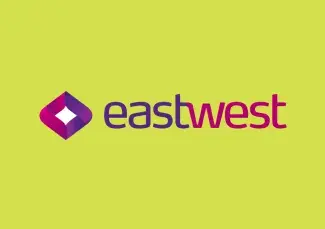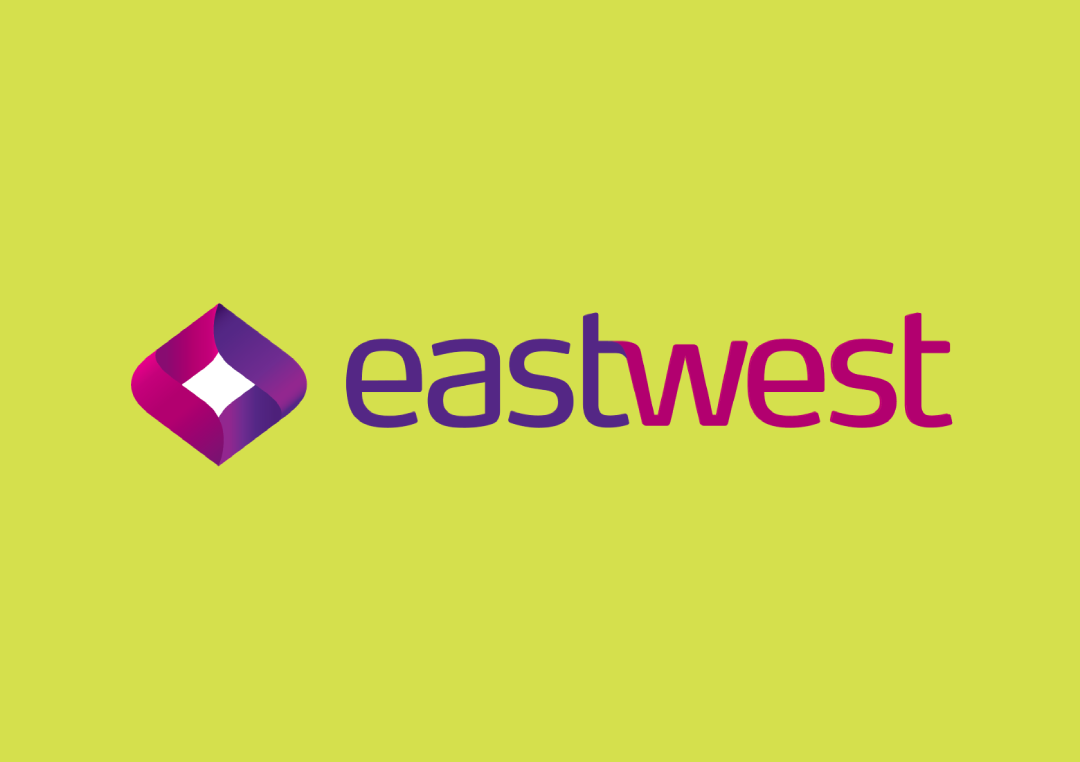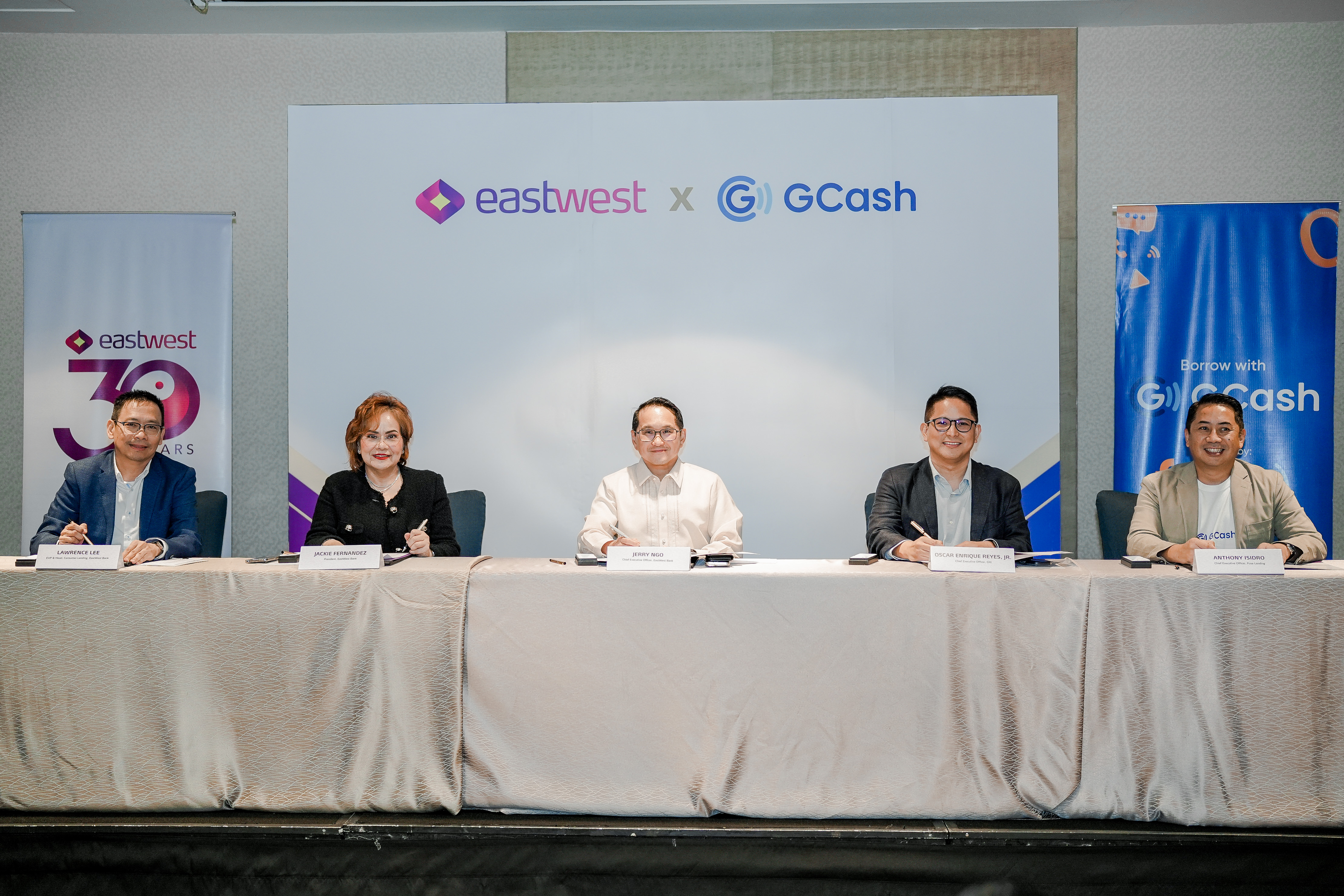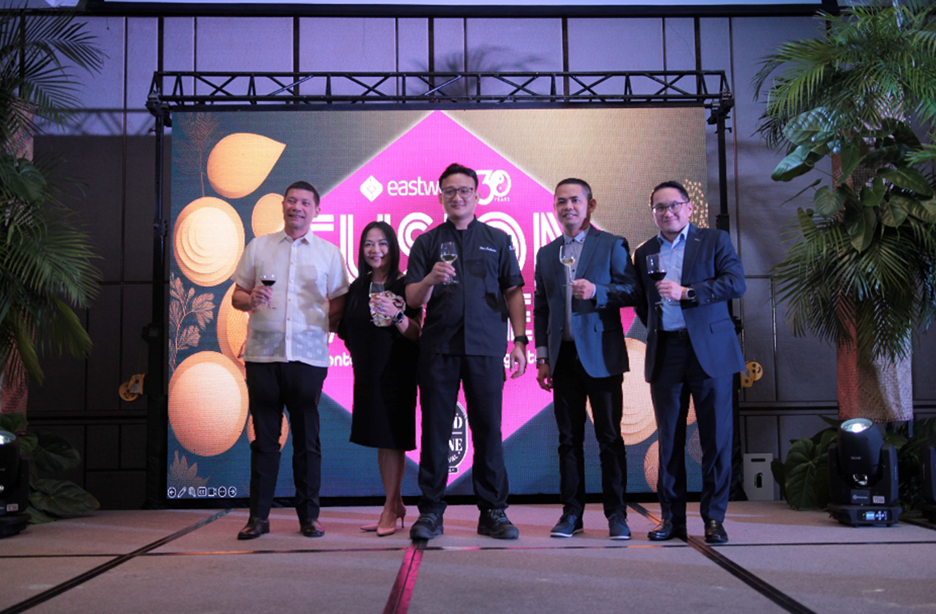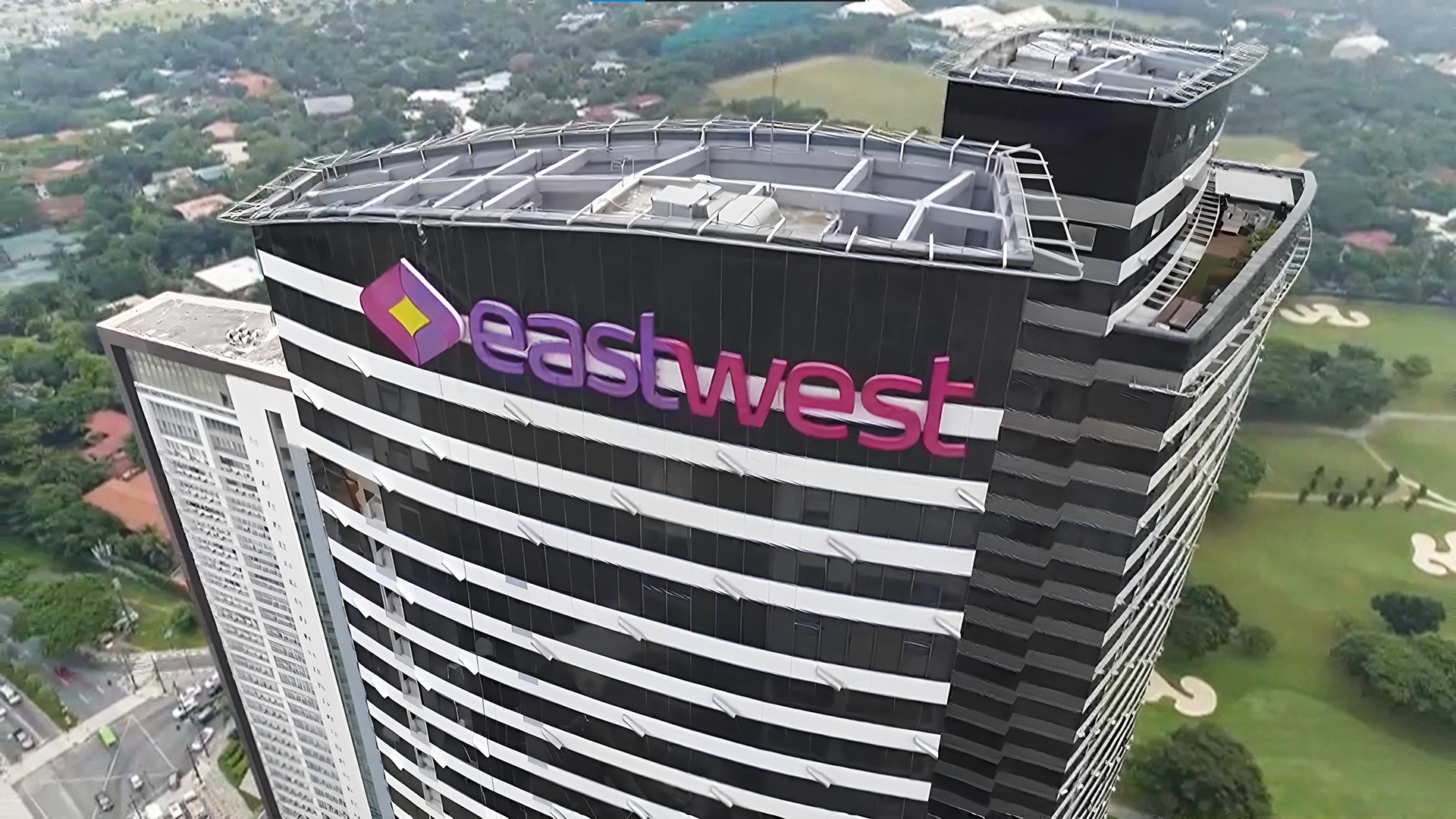EastWest income grows 36%, Sustains strong ROE at 12%
Gotianun-led EastWest Bank (EW) posted a net income of ₱1.3 billion in the first three months of 2019, 36% higher from the same period last year. The bank reported a Return on Equity (ROE) of 12%, sustaining its strong profitability the past few years.
Revenues rose by 13.3% to ₱6.6 billion from ₱5.8 billion in the same period last year. Primarily driven by fees and commissions growing by 29% to ₱1.3 billion as well as securities & foreign exchange trading gains ending at ₱525.1 million compared to a loss of ₱136.5 million in the same period last year.
EW reported that the increase in income is mostly due to the resumption of its rural bank subsidiary’s Dep Ed loan program, improved trading income, and lower credit costs. Most banks reported better trading income this year.
"In 1Q2019, our rural bank continued to normalize its public-school teacher financing program, we recovered from last year’s Q1 trading loss, and continue to benefit from the seasoning of our consumer loan portfolio", EW President and Deputy CEO Bobby S. Reyes said. EW’s consumer loans comprise 71% of its total loans, and is known to have the highest proportion of consumer loans as a percentage of its total loan portfolio among universal banks in the Philippines, based on publicly-available sources. Its Net Interest Margin (NIM) at 6.4%, is among the highest industry due to this unique loan mix.
EW reported last year that due to tighter liquidity and higher funding costs, its margins went lower. While gross interest income increased by 19% to ₱7.0 billion, driven by the increase in earning assets, interest expense increased more than twice from last year to ₱2.3 billion. Notwithstanding the lower margins, EW believes its larger spread provided a buffer against the impact of the current environment. “For now, our bigger spreads are making up for the higher funding costs, but we know this is not sustainable. We need to improve our deposit structure, and grow the balance sheet to improve operating efficiencies” Reyes explained.
Operating expenses excluding provisions for losses meanwhile increased by 19% to ₱4.0 billion, mainly due to business taxes such as gross receipts and documentary stamp taxes, as well as the continued marketing communication campaigns. Provisions for losses went down by 22% from the previous year to ₱872.6 million, while ensuring the Bank’s loan portfolio is properly provisioned for.
Total Assets grew by 18% year-on-year to end at ₱372.8 billion with total loans driving the growth at 12% to end at ₱246.2 billion. Consumer loans went up by 10% to while middle-market business loans also contributing 19% growth. This was funded mainly by deposits, growing 12% to ₱286.2 billion. Capital ratios remain healthy and within regulatory standards, with Capital Adequacy Ratio (CAR) and CET1 ratios at 12.6% and 9.9% respectively.
"For the rest of 2019, we expect market liquidity situation to improve and interest rates to go lower as the year progresses. This is expected to be felt in the second half of the year. In the first 6 months of the year, we expect continued challenges on net interest margins as deposit costs is expected to remain high while competition will exert pressure for loan yield adjustments to be subdued.” Reyes concluded.







